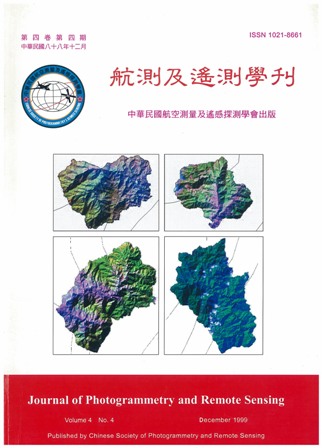A three-year study was carried out to develop a model for estimation of rice growth from ref1ectance spectra of ground vegetative cover. Field measurements were conducted at the experimental farm of Taiwan Agricultural Research Institute, Council of Agriculture at Wufeng, Taiwan (240 02'N, 120040'E, elevation of 85m) during the first and the second cropping seasons in 1996, 1997, and 1998. It showed that the typical curve of reflectance spectrum of rice vegetative cover (canopy) has a differential reflectance pattern in the varied wavebands as well as in different growth stages. By using the first order differentiation in cope with peaks and valleys observations from spectral waves, three characteristics wavelengths of 554, 674 (RED), and 754nm (NIR) were selected from turning points of reflectance spectra. Their seasonal changes were curvilinear ref1ectances of 554 and 674nm fell off to the lowest near heading and then climbed up as plants reached maturity; the trend was reversed for the near-infrared reflectance Seasonal changes of normalized difference vegetation index (NDVI) show a similar curvilinear shape in both First (R2 = 0.919) and Second (R2 = 0.931) crops from 1996 to 1998. Relations of the measured physical growth characters and NDVI were exponential, the determining factors (R 2) were 0.811, 0.809, and 0.669 for leaf area index (LAI) leaf number (LN), and leaf dry weight (LDW), respectively. The exponential curves estimate fairly accurately the advancement of growth characters from spectral transformation (NDVI), especially LAI.
